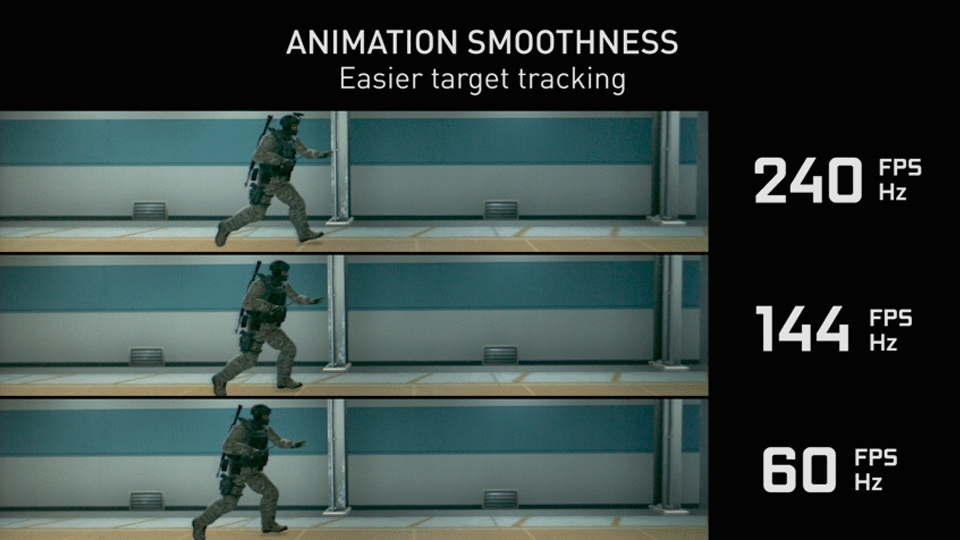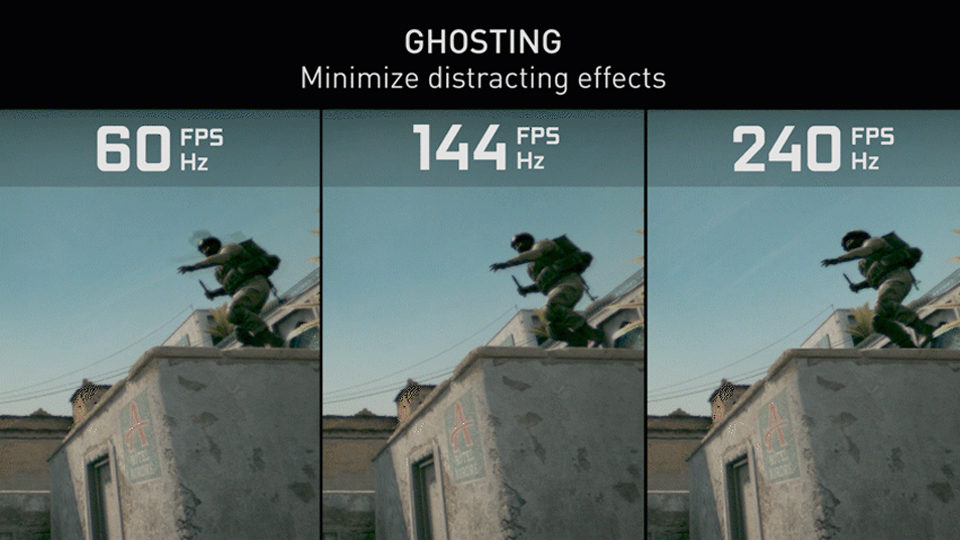
We experience different frame rates in our daily lives, but how much do we think about frame rates or Frames Per Second (FPS)?
In short, FPS is the number of frames or still images that are played back every second whenever you view a video, animation or game, etc. We see different frame rates or FPSs in our daily lives: Watching TV, watching youtube on our computers, browsing social media on our phones, and more.
In this article however, I want to talk about the difference in frame rates across different forms of media. Have you ever thought about why movies and TV shows that you watch on TV are usually at a rather low frame rate of 25 fps, while in gaming the standard benchmark is typically at least 60fps?
While how live action and watchable media has come to a standard of 24/25fps is a topic of debate, there are many reasons why gaming seeks to achieve frame rates above and beyond even 60 fps. Nvidia published an article about the many benefits of having high frame rates of up to 144 or even 240 fps in gaming and I wish to look at how a higher frame rate might benefit watchable media.
The biggest reason that I could think of might be the most obvious: Smoothness. Pretty self explanatory benefit, isn’t it?
 *Image reference from NVIDIA
*Image reference from NVIDIA Higher FPS means more frames played through per second. More frames played per second means better transitions between frames, and hence we see smoother animations at higher FPS.
Take a look at this video example by Youtube user Ian W Arsenault.
Everyone’s eyes are different and the differences between the three animations might vary from person to person, there should be a clear difference looking at the 60fps animation and the 15fps animation.
The former’s movement flows more smoothly, while the latter feels much more rough and almost jittery in its movements. Having our videos play back in 60fps would most certainly look much smoother to the viewer.
Now the benefit of higher frame rate is clear, but in that case why don’t we film/animate our media in 60fps or higher? Well, while in theory a higher frame rate might appear better, there are some downsides to going for higher FPSs in media.
Firstly, is file size. In a 25fps video every second of footage only has to store 25 images, but a 60fps video has to store 60 images in comparison. That is more than double the amount, but it becomes more severe as the footage becomes longer.
What if the footage was a minute long?
At 25fps, you now have 1500 images but at 60fps you have 3600 images!
What if the footage was an hour long?
At 25fps, you have 90,000 images to store but 60fps you will have a whopping 216,000!
This is without considering other factors like the resolution or file format.
Larger framerate footage would take up severely more storage; imagine how many frames a 240fps video would have to store! Games don’t face this same issue because their frames are generated as the player plays the game, and once the frame has been shown, it just gets discarded afterwards. This is because gaming is an interactive and dynamic form of media.
 *Image reference from NVIDIA
*Image reference from NVIDIA Another reason why higher frame rates in media (or animation specifically) might not be the best idea, is time and cost spent animating. In animation, an animator has to actually go and animate stuff to do things.
“This is obvious”, you might say; But what if an animation needs to be drawn frame by frame?
In cel-based animation or traditional cartoons & anime, someone has to go in and draw every frame of animation frame by painstaking frame. That is why sometimes these forms of media only go in 12-15fps, to reduce their workload as much as possible while producing results.
Going back to the images per second example above, a minute long animation at 25fps would require 1500 images to be drawn! Can you imagine if these animators had to animate in 60fps or higher?
For a more informative look, I would recommend taking a look at Nvidia’s article as it goes into more detail and technical breakdowns.
Why Does High FPS Matter For Esports?